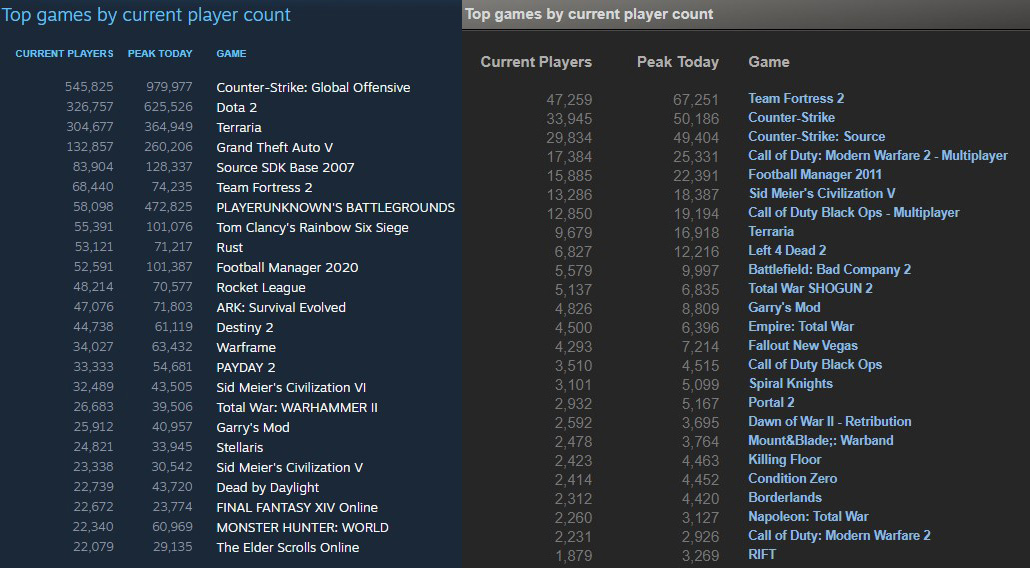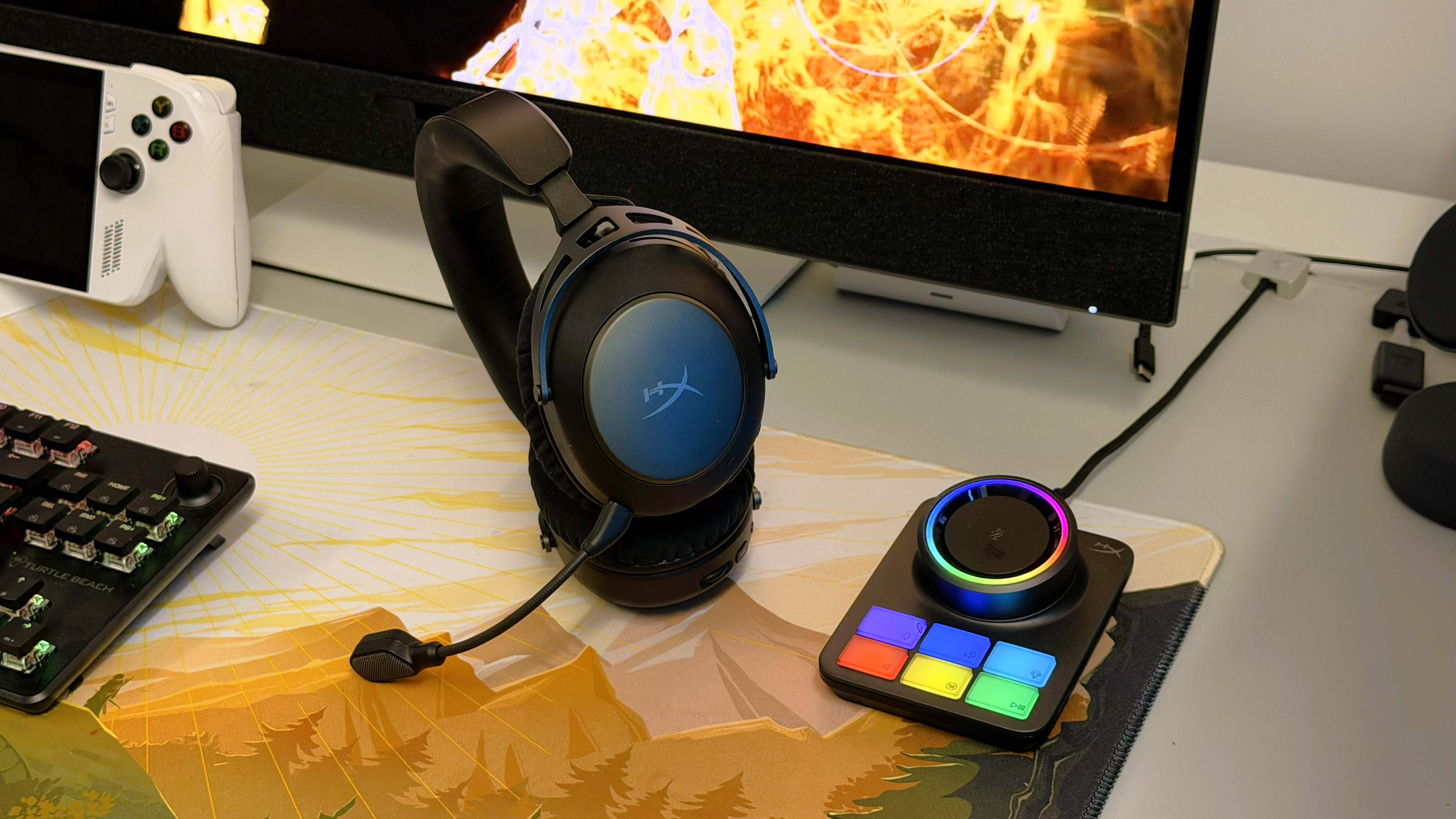It's ludicrous that Terraria still costs just $10
After nine years of free updates, no paid DLC or microtransactions, Terraria remains an astonishingly good deal.


Terraria mods: The best fan-created tweaks
Terraria beginner's guide: Get started right
Terraria builds: The best for each class
Terraria creations: Ten incredible constructions
Terraria whips: Where to find the Summoner weapons
I still have screenshots of my first Terraria world in a dusty Dropbox folder. Last modified: February 11, 2012. The earliest dates to June 2011, just a month after the game first released on Steam and turned out to be pretty popular, selling something like half a million copies. For me, that feels like a lifetime ago—a few months after my friends and I dug our way down to the world's molten core, built roads in the sky between floating islands, and took those screenshots of our creations, I moved across the country to California and started a new life. So much time has passed since then, yet even after nine years of updates, Terraria feels comfortably like a game from a more innocent time.
At the time Terraria came out, indie games were really taking off in popularity thanks to Xbox Live Arcade and Steam. The standard price had moved up from $5 a few years before to $10, and some even dared to charge $15. In that historical context, Terraria's $10 price on Steam was totally reasonable. But even at the time it felt like a pittance for a game with such a deep sandbox and the kind of replayability Terraria had. There was a lot to do even before you started entertaining yourself building elaborate sky castles.
Then, slowly, came the updates. In December 2011 Terraria added a hard mode, unlocked by defeating a boss, which would permanently remake your world with a creeping corruption. It was exciting and a great new challenge for players who'd exhausted the existing challenge. In 2013 the next big update added a thousand items, four more bosses, friendly NPCs, and much more. A 2014 update added minecarts, fishing, and an underwater boss named Duke Fishron.

2015: Aliens, new biomes, yet another difficulty, and most importantly, yoyos. 2017 brought technical changes to better support modern high-res monitors, and finally, 2019's Journey's End update is the biggest of them all, and not just because it now includes golf.
When Terraria was released, "games-as-a-service" wasn't yet a concept. Paying for DLC was common and accepted, but we were just starting to see game publishers poke around for ways to make more money. Team Fortress 2 added hats in 2010; Mass Effect 3's multiplayer got us to pay for loot cards in 2012. Dozens of other games added loot systems or more straightforward in-game cosmetic stores to support ongoing development.
But Terraria never did any of that. What started as a solo development project expanded to a team, and then expanded to external studios to handle console ports. Those versions cost $20-30. Yet on Steam, Terraria remains an anachronistic $9.99.
Playing the game today for the first time in many years, I can't decide if it's more familiar or more radically changed. The trees look the same. The same NPC wanders around my starting area, ready to give me tips before I get lost in this wide-open world. The music is instantly memorable. But now in the new Journey mode I can infinitely duplicate items, instantly change the time of day, and adjust the difficulty of enemies with a simple slider. There's beautiful background art where once there was just the color blue and some clouds; the sprites now have much more personality, like zombies wearing raincoats and bouncing gels carrying umbrellas when it rains.
Keep up to date with the most important stories and the best deals, as picked by the PC Gamer team.
It's obvious there's a great deal more game here than I paid for nine years ago, but I didn't have to do anything to get it. I just bought Terraria in a four-pack for $7.50 per person when I lived on the other side of the country, and it's been accruing interest in my Steam account ever since, in new ways to spend my time rather than cents on the dollar.

In recent years, some indie developers have chosen to raise the price of their base game after adding years of updates and expansions. Shovel Knight and Kingdom are good examples. Minecraft cost $5 as an alpha, and a decade later now goes for $30 (and, naturally, it has an in-game cosmetics store). Terraria's developers easily could've raised the base price and been completely justified by the literal years of work, but they've avoided that path, too.
I don't like to talk about games in the context of how much they're worth paying for—I can describe my experience with a game and whether I think it's worth your time, but $60 for you might be quite different than $60 for me. For Terraria, though, I feel compelled to make an exception. Along with Stardew Valley, it's one of only a few indie games to permanently live in Steam's 100 most-played games list, and it's been on there, I'm pretty sure, every day for the last nine years. At a humble $10 and nothing more, it's outlived the loot box trend, been on the top charts longer than CS:GO or Dota 2 or GTA 5, and outlived a spiritual successor which was once expected to replace it.
I love a good deal, and with its final update it's become clear that Terraria is really an incredible one, a refreshingly simple indie success story that never put profits before its players. With modders officially given the developers' blessing and their mod tools uploaded to Steam, I expect it'll keep selling for $10 for as many years as it takes developer Re-Logic to release its next game. Terraria 2, or whatever that game may be, is probably the only thing that has a chance of knocking Terraria off its spot on the charts before another nine years goes by.

Wes has been covering games and hardware for more than 10 years, first at tech sites like The Wirecutter and Tested before joining the PC Gamer team in 2014. Wes plays a little bit of everything, but he'll always jump at the chance to cover emulation and Japanese games.
When he's not obsessively optimizing and re-optimizing a tangle of conveyor belts in Satisfactory (it's really becoming a problem), he's probably playing a 20-year-old Final Fantasy or some opaque ASCII roguelike. With a focus on writing and editing features, he seeks out personal stories and in-depth histories from the corners of PC gaming and its niche communities. 50% pizza by volume (deep dish, to be specific).

